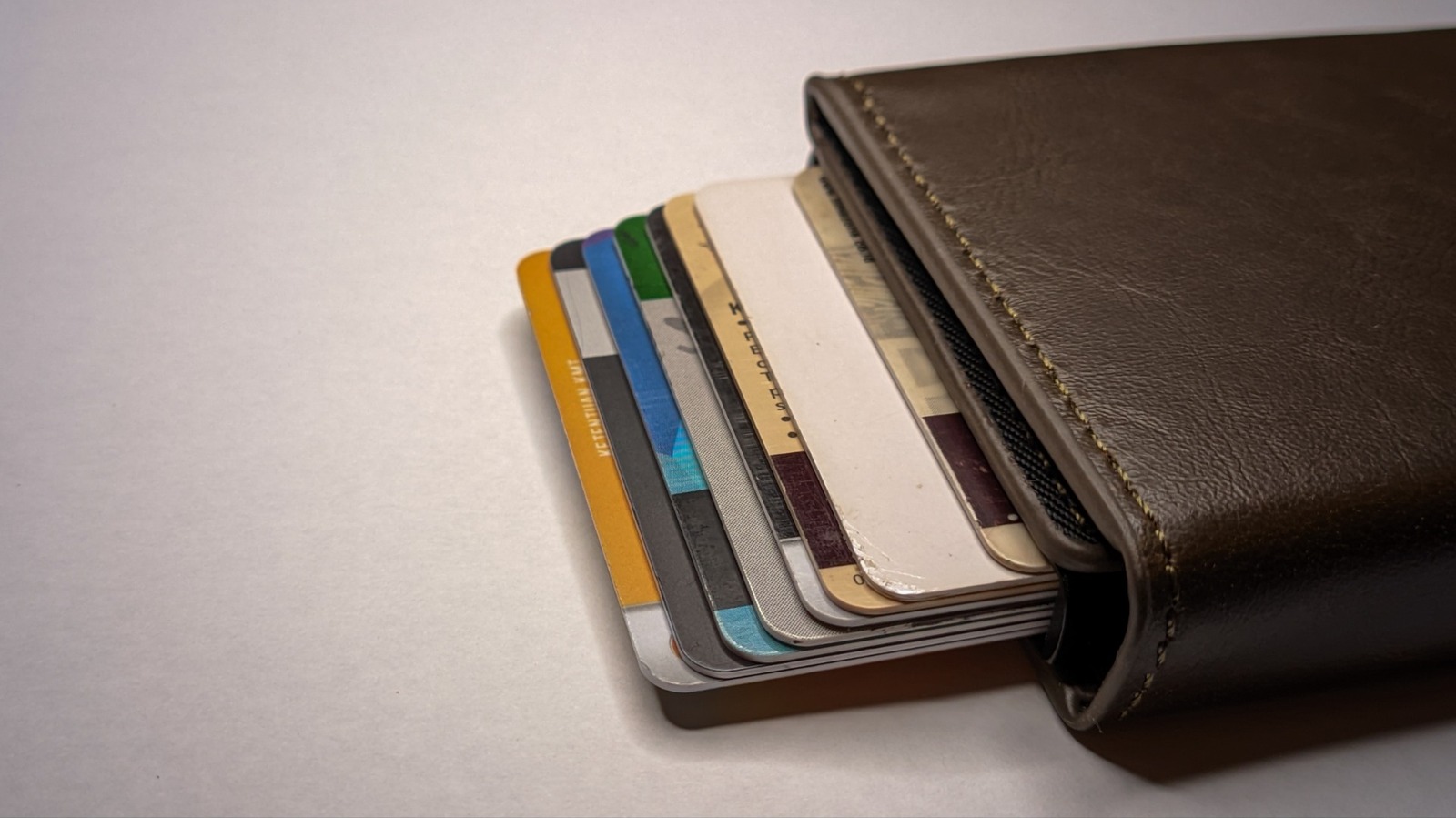What Is An RFID Wallet & How Does It Protect Your Information From Scanners?
In today's digital age, our personal information is vulnerable to various forms of cyber threats, making it essential to take proactive measures to protect ourselves from scammers and thieves. One popular solution that has gained attention in recent years is the use of RFID-blocking wallets.
But what exactly is an RFID wallet, and how does it work? To understand this concept, let's start with the basics. RFID stands for Radio-Frequency Identification, a technology used to identify objects using radio waves. The tag, a tiny chip with a small loop of wire, stores an ID or data, which is transmitted to a nearby reader when exposed to an electromagnetic field.
Nowadays, cards like access cards, debit cards, and IDs use Near Field Communication (NFC), a type of high-frequency RFID. NFC works only at a very short range, usually a few centimeters, and requires direct contact between the card and the scanner for transmission to occur.
The core idea behind RFID-blocking wallets is to create an electromagnetic shield using conductive materials like carbon fiber and aluminum foil. This shield prevents your card from transmitting any information while the wallet is closed, effectively blocking unauthorized scans.
How Practical Is An RFID Wallet?
In theory, RFID-blocking wallets seem like a practical solution to protect our cards from scammers. Early lab experiments did show that it was possible to read some contactless cards at close range. However, in real-life scenarios, things don't work as smoothly.
The narrow range of NFC technology makes it difficult for scanners to detect signals from a distance. Additionally, the presence of other objects in your pocket or bag can disrupt the signal, making it even harder for thieves to scan your cards without being detected.
Is An RFID Wallet Enough Protection?
The answer to this question is complex. While an RFID wallet does provide some level of protection, it's not a foolproof solution. The main threat to card fraud comes from computer hacking and phishing attacks, which can bypass the protections offered by RFID-blocking wallets.
Moreover, modern cards like tap payments use EMV contactless systems, which create unique cryptograms with each tap. This makes it extremely difficult for scammers to clone or reuse captured signals, rendering the need for an RFID wallet somewhat redundant.
Do You Need An RFID Wallet?
The truth is that most people don't need an RFID wallet to protect their cards. The real protection comes from basic precautions like turning on instant transaction alerts in your banking app, locking or freezing your card when misplaced, using NFC mobile payments, and guarding your phone and email with strong passwords and 2FA.
However, if you want the added peace of mind that an RFID wallet provides, go for it. Look for a good-quality wallet with 13.56 MHz coverage, which is the band used by most payment cards. Choose a full-enclosure sleeve or wallet that completely surrounds your card, and check the build quality.
Test it yourself: place one card in the wallet and try to tap a terminal. It should fail while closed and work normally when you open or remove the card. With an RFID wallet, you'll be protected from casual reads in crowded places, but remember that it's not a substitute for developing good habits to prevent fraud.
The Issue With RFID Wallets
Finally, it's essential to understand that the issue with RFID wallets isn't that they're scams. They are radio shields that work as advertised. The problem lies in the everyday risk they address – a low likelihood of being targeted by scammers.
Instead of relying on an RFID wallet for protection, focus on developing habits that will do more to prevent the types of fraud that actually happen. By taking these simple precautions, you can significantly reduce your chances of becoming a victim of card fraud.
